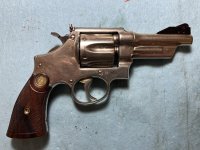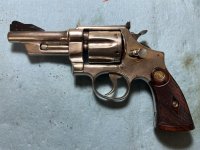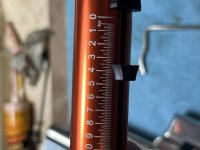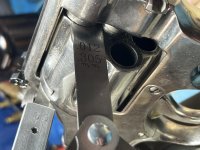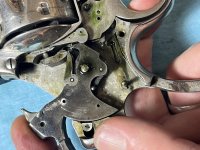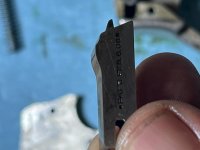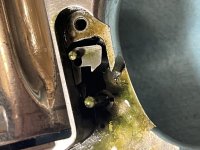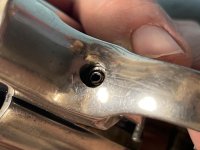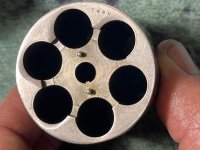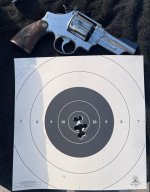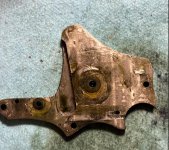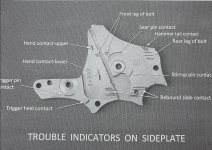Today we're doing a deep clean and tuneup on a First Model Hand Ejector "Triple Lock" that was shipped in 1911. It was introduced HERE.
Project name: Triple Crown
Upon delivery, the action was very smooth but felt sticky and green goo was observed on the trigger.
Initial measurement of the trigger pull was 3 1/2 lbs single action and just under 11 lbs double action.
Project name: Triple Crown
Upon delivery, the action was very smooth but felt sticky and green goo was observed on the trigger.
Initial measurement of the trigger pull was 3 1/2 lbs single action and just under 11 lbs double action.

